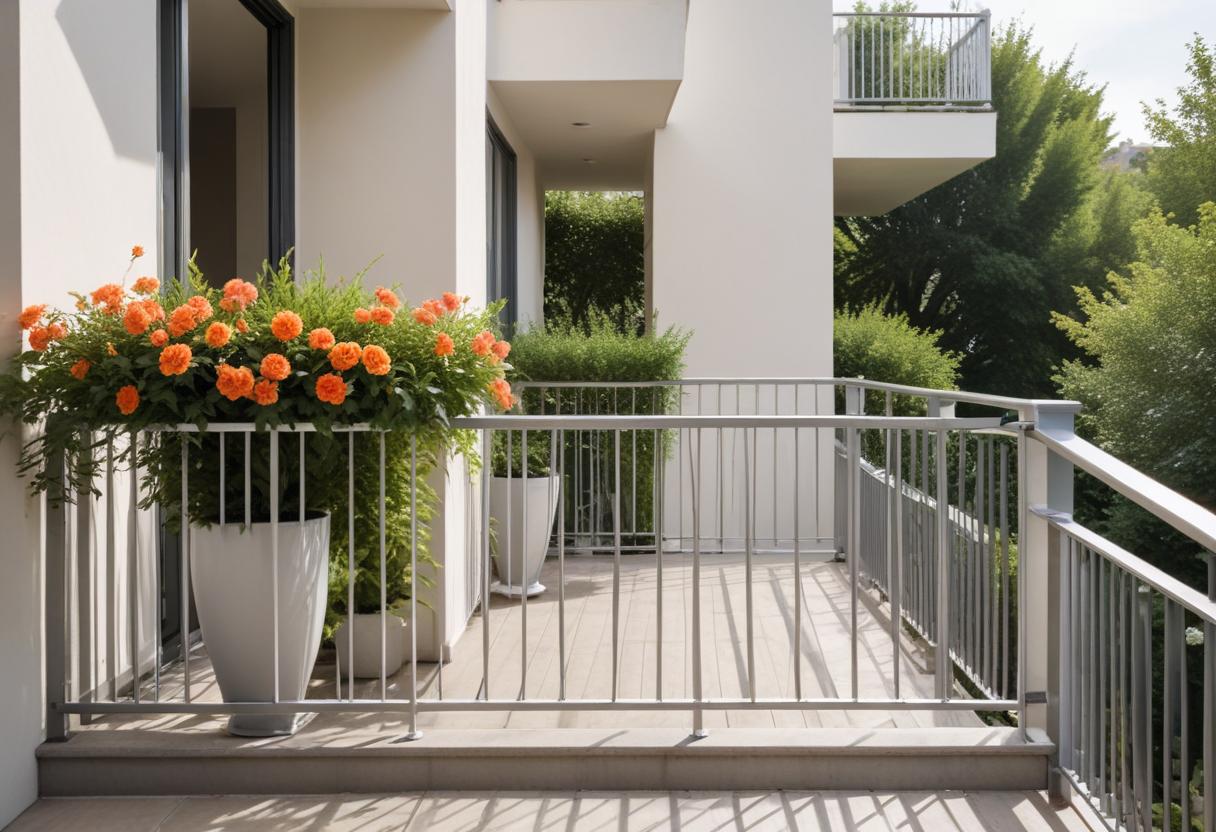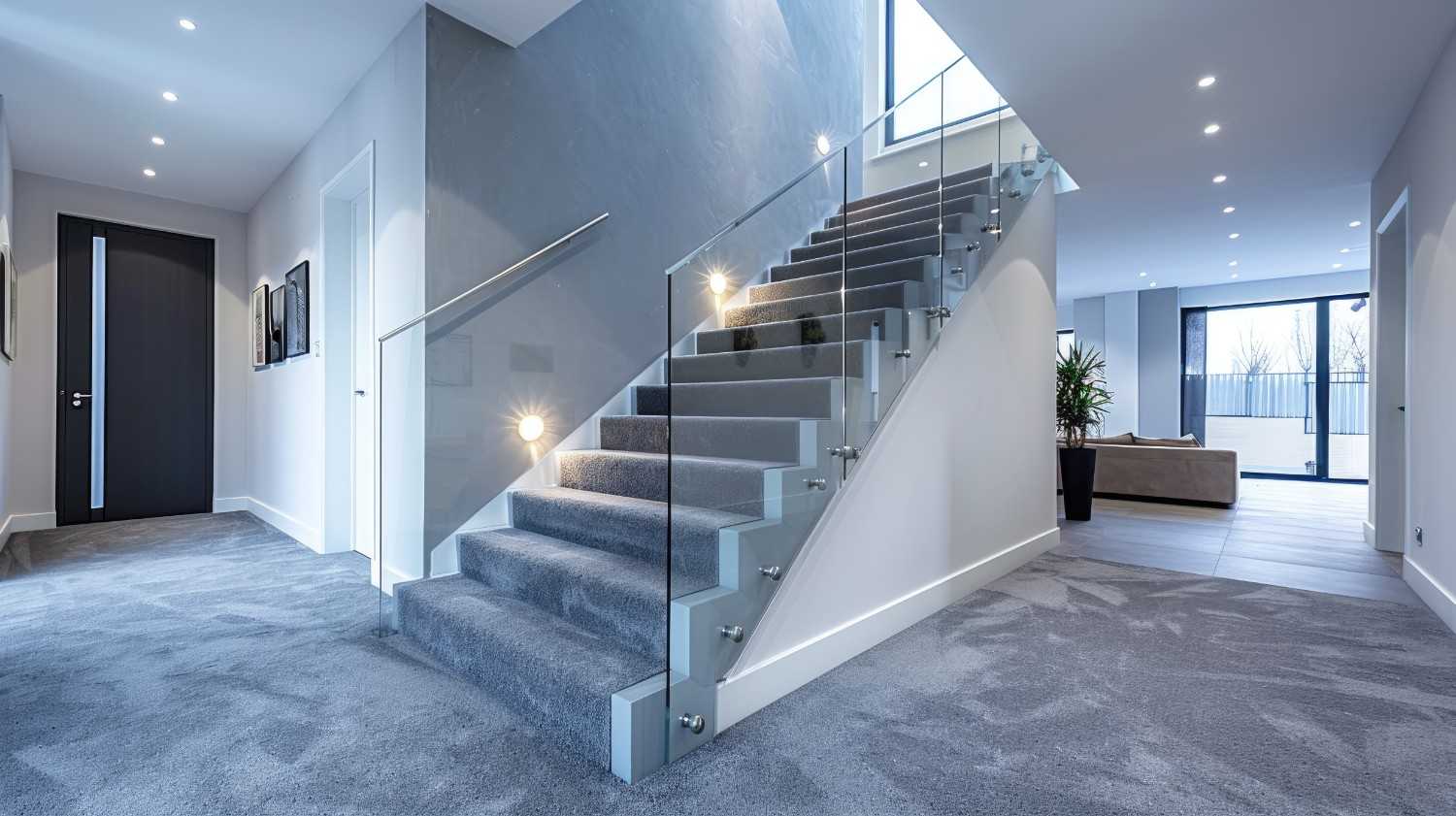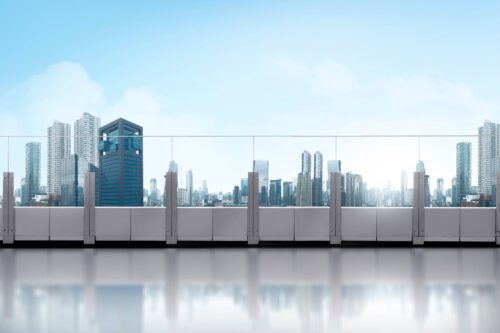Building codes are fundamental in ensuring balcony safety and compliance with railing height extensions. These regulations are particularly critical in the context of balcony design, where adhering to specific safety standards for balcony railings can significantly enhance residential safety.
Understanding Building Codes and Balcony Railing Height Extensions
Building code regulations stipulate minimum balcony railing heights to prevent falls and ensure occupant safety. In India, the National Building Code (NBC) 2016 specifies that the height of balcony railings should not be less than 1.2 meters (approximately 47 inches) from the finished floor level. This is higher than the standard 36 inches commonly seen in other countries, reflecting a stringent approach to safety in residential buildings.
Safety Standards for Balcony Railings
Residential balcony safety codes in India encompass various aspects beyond height requirements, including durability, spacing between balusters, and load-bearing capacities. For instance:
- Durability: Railings must be constructed of materials that are resistant to weathering and corrosion, ensuring long-term safety and structural integrity.
- Spacing: The gaps between balusters (vertical bars) should not exceed 100 mm (approximately 4 inches) to prevent small children from slipping through.
- Load-Bearing Capacity: Railings should be able to withstand a horizontal load of at least 1 kN/m (kilonewton per meter) to ensure they can endure significant force without collapsing.
Compliance with Building Code Balcony Extensions
Before balcony railing heights extensions, homeowners and builders must consult local building codes. These codes specify permissible methods for balcony railing height extensions compliance. In India, failing to comply with these regulations can lead to severe consequences, including fines, legal action, or delays in project approvals.
To illustrate:
- Legal Penalties: Non-compliance can result in fines ranging from INR 25,000 to INR 1,00,000, depending on the severity of the violation and the discretion of local authorities.
- Project Delays: Obtaining necessary approvals can be delayed, causing significant setbacks in construction timelines.
Ensuring Safe Balcony Design
When planning balcony modifications involving railing height extensions, engaging a professional architect or contractor is advisable. These professionals are well-versed in the National Building Code and can navigate the complexities of building code balcony extensions, ensuring that modifications meet safety standards. Additionally, they can provide guidance on the best materials and designs to enhance both safety and aesthetics.
Conclusion
Understanding balcony design and building codes is crucial for adhering to residential balcony safety codes. Adhering to safety standards for balcony railings, including balcony railing height extensions compliance, it promotes safety and peace of mind for homeowners. Always consult local building codes and professionals when considering balcony modifications to ensure safety and compliance.
By prioritizing building code compliance and safety standards for balcony, homeowners can confidently extend balcony railing heights while enhancing the safety and usability of their outdoor spaces. This proactive approach not only ensures legal compliance but also significantly contributes to the overall safety and well-being of occupants.



